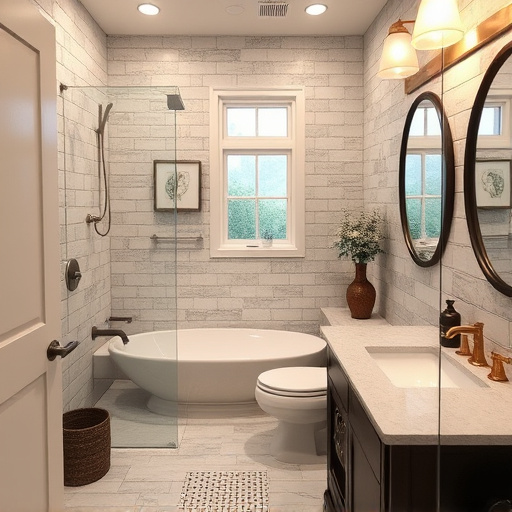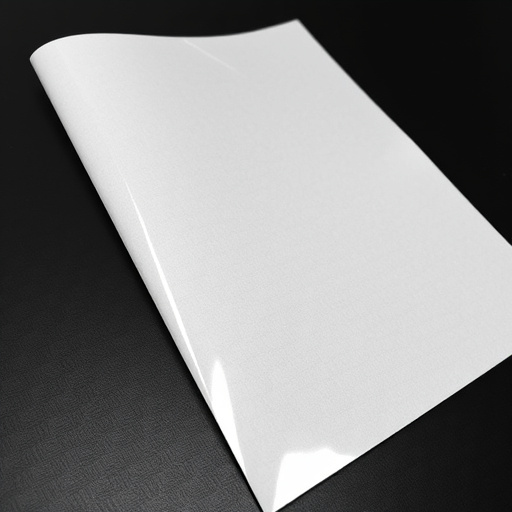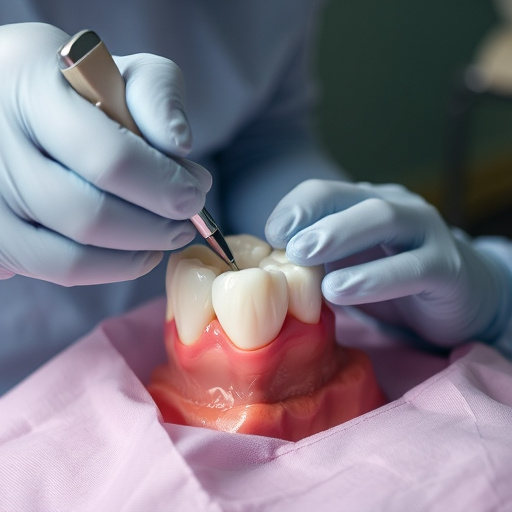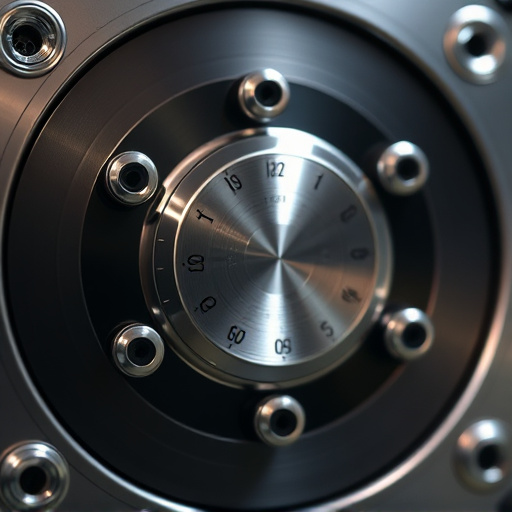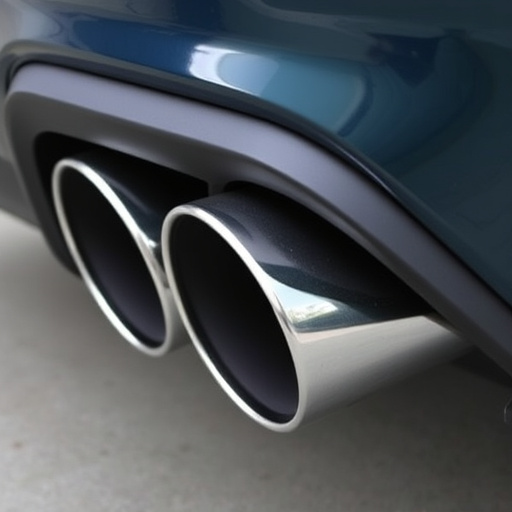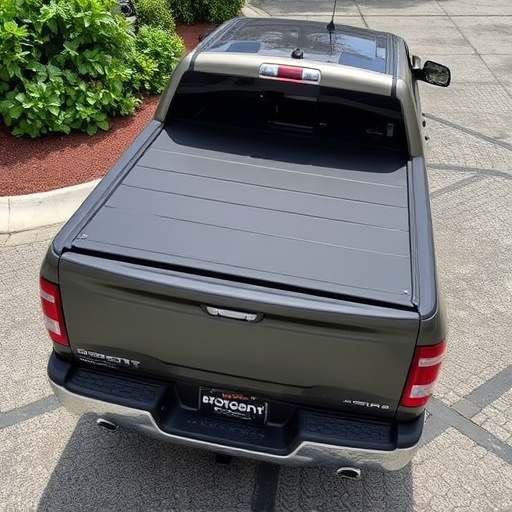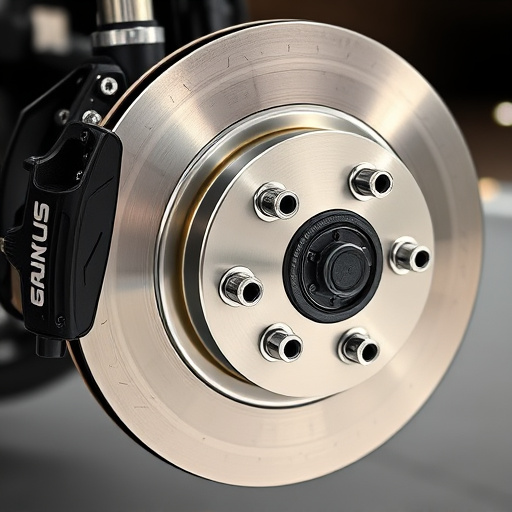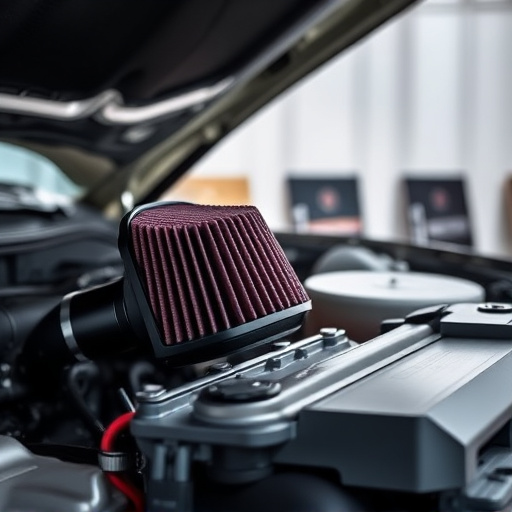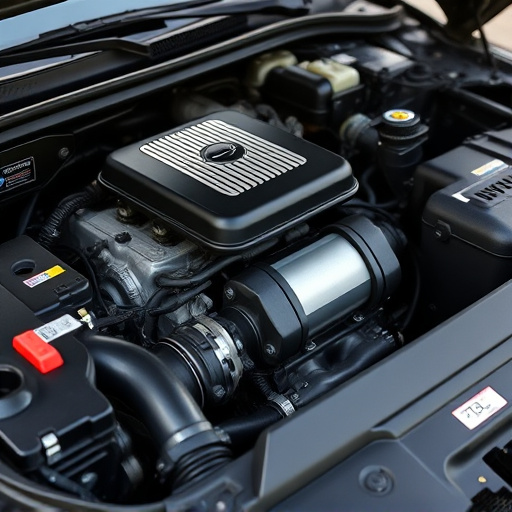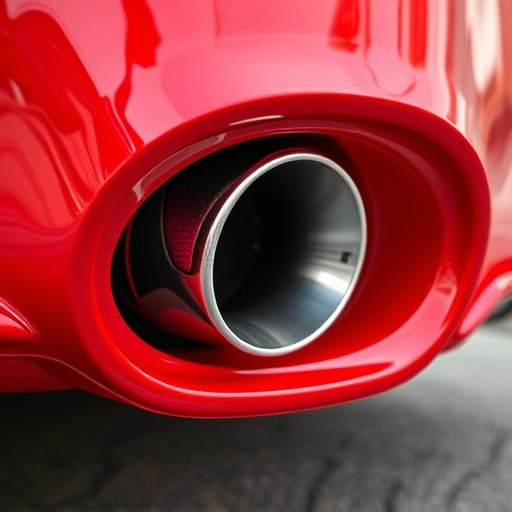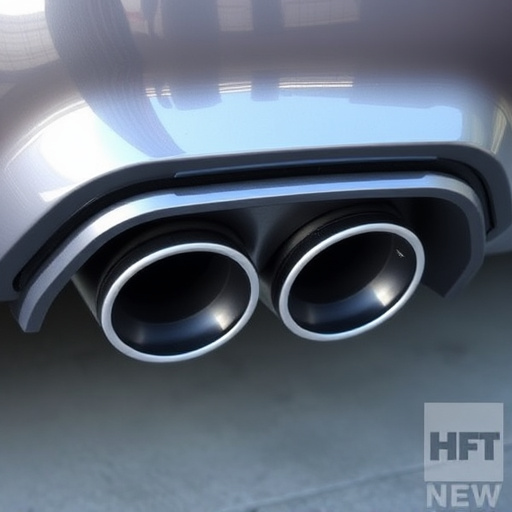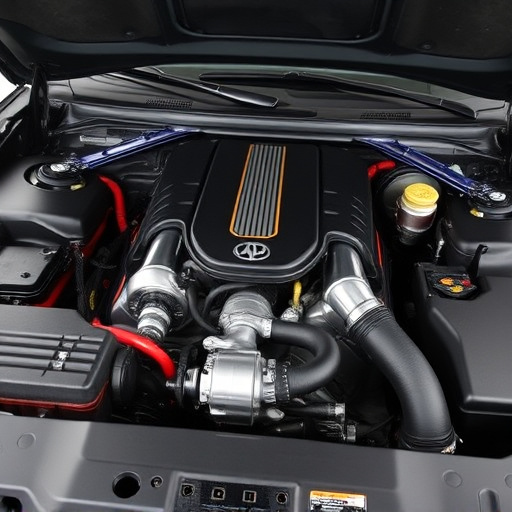A dual exhaust system enhances vehicle performance and aesthetics through separate manifolds, pipes, headers, and muffler tips, optimizing gas flow and improving horsepower. Upgrading involves substantial labor costs, requiring research and comparison of repair shops' prices. Costs break down into direct material expenses (pipes, brackets) and labor fees, emphasizing strategic planning and affordable, compatible parts for wallet-friendly upgrades.
Considering an upgrade to a dual exhaust system? This comprehensive guide breaks down the costs involved, helping you navigate the process informedly. We delve into the essential components of this powerful modification, dissecting labor expenses and material costs for parts and accessories. Understand the time requirements and budget accordingly. Maximize your vehicle’s performance and aesthetics with this transformative upgrade—all laid out in clear, concise terms.
- Understanding the Components of a Dual Exhaust System
- Labor Costs: Installation and Time Requirements
- Material Expenses: Parts and Accessories for Upgrading
Understanding the Components of a Dual Exhaust System
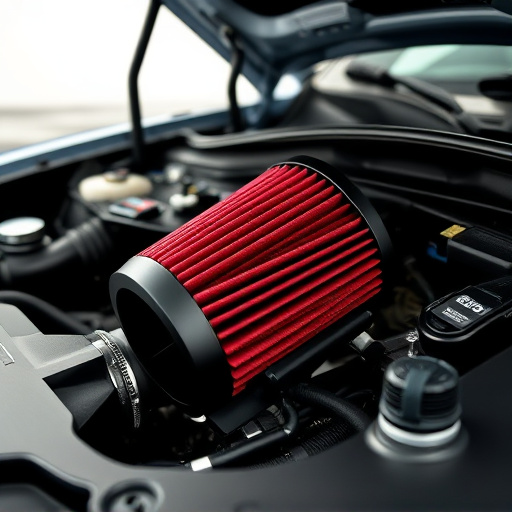
A dual exhaust system is a complex assembly that enhances vehicle performance and aesthetics. Comprising several key components, it typically includes two separate exhaust manifolds, divided from each other by a cross-member or bracket. This design allows for better gas flow, reducing backpressure in the engine, which can lead to improved horsepower and torque outputs. The system further consists of pipes, headers, hangers, and muffler tips, all working together to channel burnt gases away from the engine efficiently.
While installing a dual exhaust system, other components like suspension kits or coilover kits might also be considered for an optimal ride quality upgrade. These additional modifications can fine-tune the vehicle’s handling and suspension dynamics, providing a smoother and more responsive driving experience. Understanding these components and their functions is crucial when planning to upgrade your vehicle with a dual exhaust system.
Labor Costs: Installation and Time Requirements
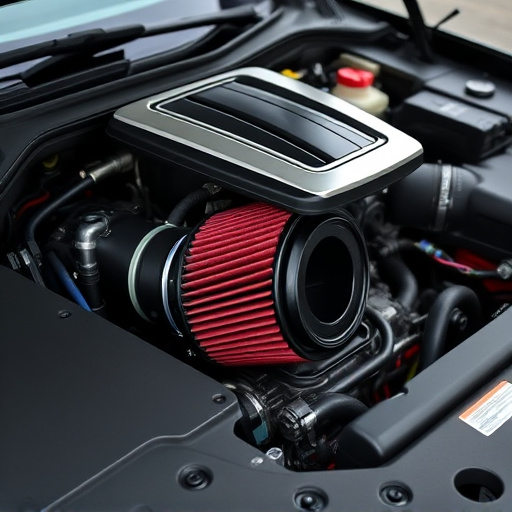
Upgrading to a dual exhaust system involves significant labor costs, which can vary greatly depending on several factors. The installation process is intricate, requiring skilled mechanics to disassemble parts of the existing exhaust system and carefully integrate the new dual exhaust components. This meticulous work often demands specialized tools and equipment, contributing to the overall labor expenses. The time required for installation can also be substantial, with some jobs taking anywhere from 4 to 8 hours or more, depending on vehicle complexity and accessibility.
The labor costs associated with a dual exhaust upgrade typically include not just the installation but also diagnostic tests to ensure the new system functions optimally. Mechanics may need to adjust various settings and make fine-tune adjustments to maintain emissions standards and engine performance. Additionally, factors like location and reputation of the repair shop can influence labor rates, making it essential for vehicle owners to research and compare prices before committing to the upgrade.
Material Expenses: Parts and Accessories for Upgrading
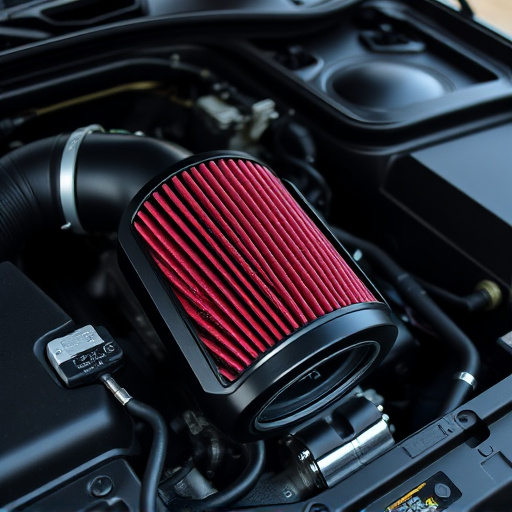
Upgrading to a dual exhaust system involves a strategic breakdown of costs, with material expenses being a key component. The parts and accessories required for this modification can vary widely in price depending on factors like brand, quality, and compatibility. Essential components include new exhaust pipes, hangers, and brackets to replace the existing single exhaust setup. Additionally, you’ll need to factor in the cost of high-quality muffler tips or exhaust mufflers, which are crucial for reducing noise levels without compromising performance.
When considering a dual exhaust system, it’s important to look at both direct material costs and indirect expenses like labor. The former includes the price tags on parts such as cat-back exhaust systems, while the latter entails the work involved in installation, which can significantly impact the overall budget. Planning ahead and researching compatible, yet cost-effective, components is key to ensuring a successful upgrade without straining your wallet.
Upgrading to a dual exhaust system involves a strategic cost breakdown, balancing labor and material expenses. By understanding the components, labor requirements, and available parts, car owners can make informed decisions. This knowledge empowers them to navigate the process efficiently, ensuring their investment in a dual exhaust system delivers both performance gains and long-term savings.
